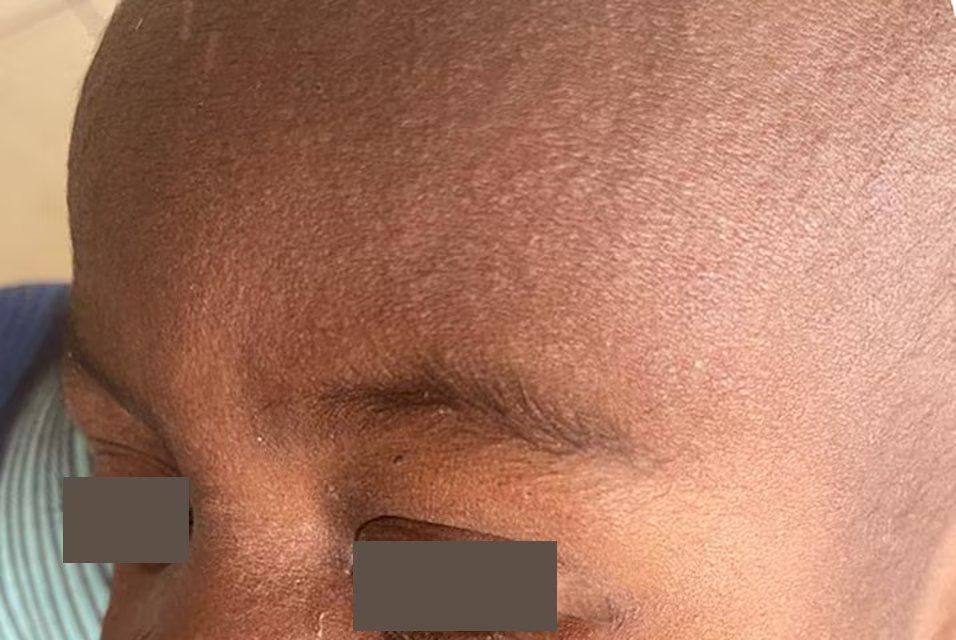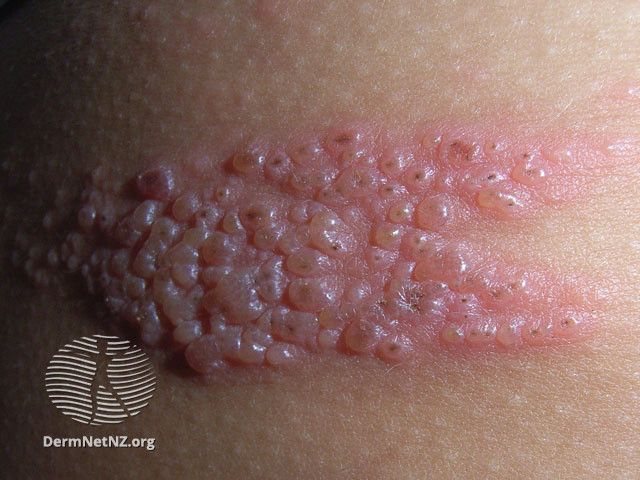Come join us for “what’s new in complex dermatology!”

Come join us for “what’s new in complex dermatology!”

Didn’t get him in the group pic, but thanks also to @misharosenbach.bsky.social who had to run! Thanks to UPenn for loaning him to us for the afternoon ;)
#dermsky #medsky


Didn’t get him in the group pic, but thanks also to @misharosenbach.bsky.social who had to run! Thanks to UPenn for loaning him to us for the afternoon ;)
#dermsky #medsky
Friday: C002 - conquer the boards, core
C006 - conquer the boards, applied
Monday: S053 - consultative dermatology for the hospitalized patient
S066 - advanced therapeutics for complex disease
F099 - skin and systemic malignancy
#dermsky #medsky

cdc.gov/measles/sign...
7/

cdc.gov/measles/sign...
7/
This also means measles affects the face often, whereas drug rashes can often spare the face.
cdc.gov/measles/sign...
6/

This also means measles affects the face often, whereas drug rashes can often spare the face.
cdc.gov/measles/sign...
6/
The term we use to describe a classic "measles-like" rash is "morbilliform." This means 3-4 mm pink papules that coalesce into plaques. That probably sounds familiar because that's how we describe regular ol' drug rashes!
5/


The term we use to describe a classic "measles-like" rash is "morbilliform." This means 3-4 mm pink papules that coalesce into plaques. That probably sounds familiar because that's how we describe regular ol' drug rashes!
5/
These are thought to be pathognomonic for measles!
PC: onlinelibrary.wiley.com/doi/10.1111/...
4/



These are thought to be pathognomonic for measles!
PC: onlinelibrary.wiley.com/doi/10.1111/...
4/
::Sees that it's 3.8 on the Richter scale::
"Oh, that's cute" ~the Californian in me

::Sees that it's 3.8 on the Richter scale::
"Oh, that's cute" ~the Californian in me

Color will change quite a bit based on skin tone, and what is "pink/red" in lighter skin will look purple or hyperpigmented in darker skin.
10/




Color will change quite a bit based on skin tone, and what is "pink/red" in lighter skin will look purple or hyperpigmented in darker skin.
10/
ULCERS extend into dermis, and EROSIONS into epidermis.
L is an ulcer of pyoderma grangrenosum, and R is an erosion in staph scalded skin.
Some consider these secondary change instead of primary lesion (so an ulcerated or eroded plaque instead).
9/


ULCERS extend into dermis, and EROSIONS into epidermis.
L is an ulcer of pyoderma grangrenosum, and R is an erosion in staph scalded skin.
Some consider these secondary change instead of primary lesion (so an ulcerated or eroded plaque instead).
9/
NB: any vesicle or bullae that is left alone for 2-3 days turns into a pustule, so make sure you look at a new spot!
Miliaria👇
8/


NB: any vesicle or bullae that is left alone for 2-3 days turns into a pustule, so make sure you look at a new spot!
Miliaria👇
8/
These are fluid filled. Vesicles are <1cm in diameter, and bullae are >1 cm.
We're looking at some VZV in the first 2 photos, and bullous pemphigoid in the 3rd!
7/



These are fluid filled. Vesicles are <1cm in diameter, and bullae are >1 cm.
We're looking at some VZV in the first 2 photos, and bullous pemphigoid in the 3rd!
7/
These are deeper lesions, and there's some debate about definitions. I think it's easiest to remember that nodules feel like they are at least 1 cm deep, and tumors are at least 2 cm deep and in diameter.
(You need 2cm 2B a 2mor - if that helps 😬)
1. sweets
2. CTCL
6/


These are deeper lesions, and there's some debate about definitions. I think it's easiest to remember that nodules feel like they are at least 1 cm deep, and tumors are at least 2 cm deep and in diameter.
(You need 2cm 2B a 2mor - if that helps 😬)
1. sweets
2. CTCL
6/
So "plaque" is the primary lesion, and "atrophic/depressed" is the secondary change used to further describe.
(Dx here is linear morphea).
5/

So "plaque" is the primary lesion, and "atrophic/depressed" is the secondary change used to further describe.
(Dx here is linear morphea).
5/
These are raised OR depressed! While we often learn it's just raised spots, it's really any change in elevation of the skin. So that means with closed eyes, you should be able to tell where it starts and stops!
PAPULES are <1 cm & PLAQUES are >1 cm.
Psoriasis👇
4/


These are raised OR depressed! While we often learn it's just raised spots, it's really any change in elevation of the skin. So that means with closed eyes, you should be able to tell where it starts and stops!
PAPULES are <1 cm & PLAQUES are >1 cm.
Psoriasis👇
4/
These are flat. If you closed your eyes and ran your finger over them, you wouldn't be able to tell where they started or stopped.
MACULES are <1cm in diameter, and PATCHES are >1 cm in diameter.
Here we see vitiligo (1), & cafe-au-lait macules (2)!
3/


These are flat. If you closed your eyes and ran your finger over them, you wouldn't be able to tell where they started or stopped.
MACULES are <1cm in diameter, and PATCHES are >1 cm in diameter.
Here we see vitiligo (1), & cafe-au-lait macules (2)!
3/
(and for a 2 or 5 😬)

(and for a 2 or 5 😬)

I celebrated by giving a talk on cutaneous lymphomas at National Taiwan University Hospital in the dermatology department… can I count this as overtime??🫣
Seriously though, great to see old friends and discuss future research collaboration opportunities!
#dermsky #medsky





This store didn’t accept cash, so naturally…

This store didn’t accept cash, so naturally…




